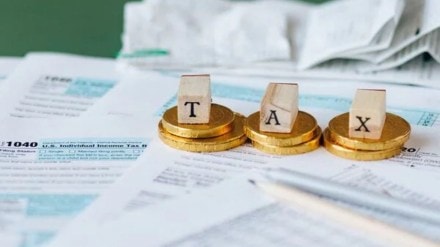Filing Income Tax Return (ITR) is a task that most taxpayers approach with a mix of diligence and anxiety. Even with the best of intentions, mistakes slip through—filling in wrong address, a forgotten deduction, or an inadvertent under-reporting. Others discover discrepancies between their return and the figures in Form 26AS or the Annual Information Statement (AIS) that were prefilled in the income tax forms. The good news is that the law recognises that taxpayers are human and provides ways to correct these errors.
Revised return
One of the most widely used solutions is the revised return under Section 139(5). If you have already filed your return but later notice an omission or error, you can refile with the corrected details. The process is straightforward: log into the e-filing portal, choose file ITR and select return filed under Section 139(5) in Part A, quote the acknowledgement number of your original filing. This revised version will then replace your earlier submission. The window to do this remains open until December 31, 2025 for AY 2025-26.
In cases where return is processed by the income tax department and there is a mismatch between the ITR filed and income processed in the intimation, a rectification request under Section 154 comes to the rescue. This option is meant for mistakes apparent from records like clerical errors, or mismatches in TDS. Taxpayers can log into the portal, select the relevant assessment year, and file a rectification request online through the Services tab. While this does not allow you to introduce fresh deductions or income, it is useful to correct errors in computation or adjustments made during processing.
Updated return
In recent years, a new mechanism has been introduced under Section 139(8A), the updated return. This provision is particularly useful for taxpayers who realise, after the deadlines for filing revised or rectified returns have passed, that they omitted income in their earlier filing. The updated return allows voluntary disclosure of such missed income within 48 months from the end of the relevant assessment year.
However, the law is clear that an updated return cannot be used to lower one’s tax income or to claim a refund. Instead, it serves as a compliance tool, requiring payment of the additional tax on the income which was erroneously omitted. Effectively, the updated return provides a safety net for late disclosures while ensuring that the taxpayer is not subject to harsh penalty.
Mistakes in tax returns are not unusual, and they don’t spell disaster if addressed on time. Sometimes mistakes may be on account of system errors in the income tax form and other may be due to oversight. Whether it is through a revised return, a rectification request, or an updated return, the system gives taxpayers enough chances to set the record straight. In case of mismatches, taxpayers receive an error message from the income tax department which request them to voluntarily file for correction of the error, if any, before processing of the income tax return itself. The key lies in spotting the error quickly and taking prompt action.
The writer is partner, Nangia & Company. Inputs from Neetu Brahma
